Supplies for Wet into Wet Painting -Jennifer Bowman

"Let the water do the work for you."
We had the incredible opportunity to learn from professional artist Jennifer Bowman about various techniques and products for achieving soft edges with acrylic paints. What do we know about working with acrylics? They dry fast. While this is a quality that many people like about acrylics, it can be tough to get a soft, blended look. One way to achieve this is by letting water absorb into your painting surface so that paint can spread more freely.
What is Wet-Into-Wet Painting?
Painting wet-into-wet is applying fresh paint onto a wet surface or onto paint that is still wet rather than onto paint that has dried. The result is colors that blend into one another and mix in the painting. By using a wet surface, the water does the blending work for you, making it easier to create soft, blurry edges in skies, fur on animals, and background trees in landscapes.
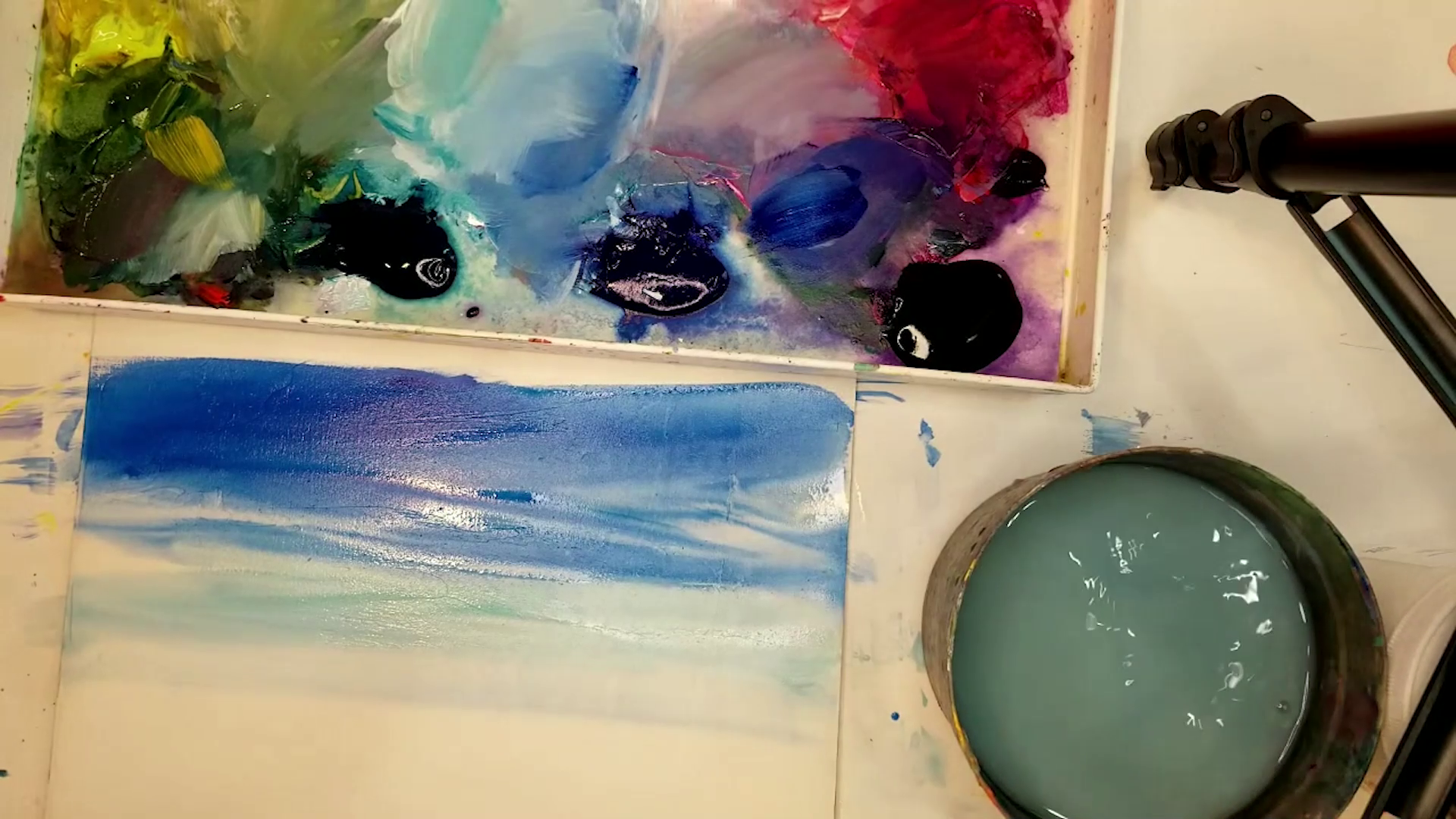
Why can't I use a canvas?
Jennifer explains that when you work on a store-bought canvas or gesso coated surface, the water pools on the surface and sometimes runs off. This is because there is a protective layer on the surface that prevents water from soaking into the canvas. It is great for painting with thicker paint however it is not conducive to getting soft wet-into-wet blends without letting the paint run together in one puddle while it tries to evaporate.
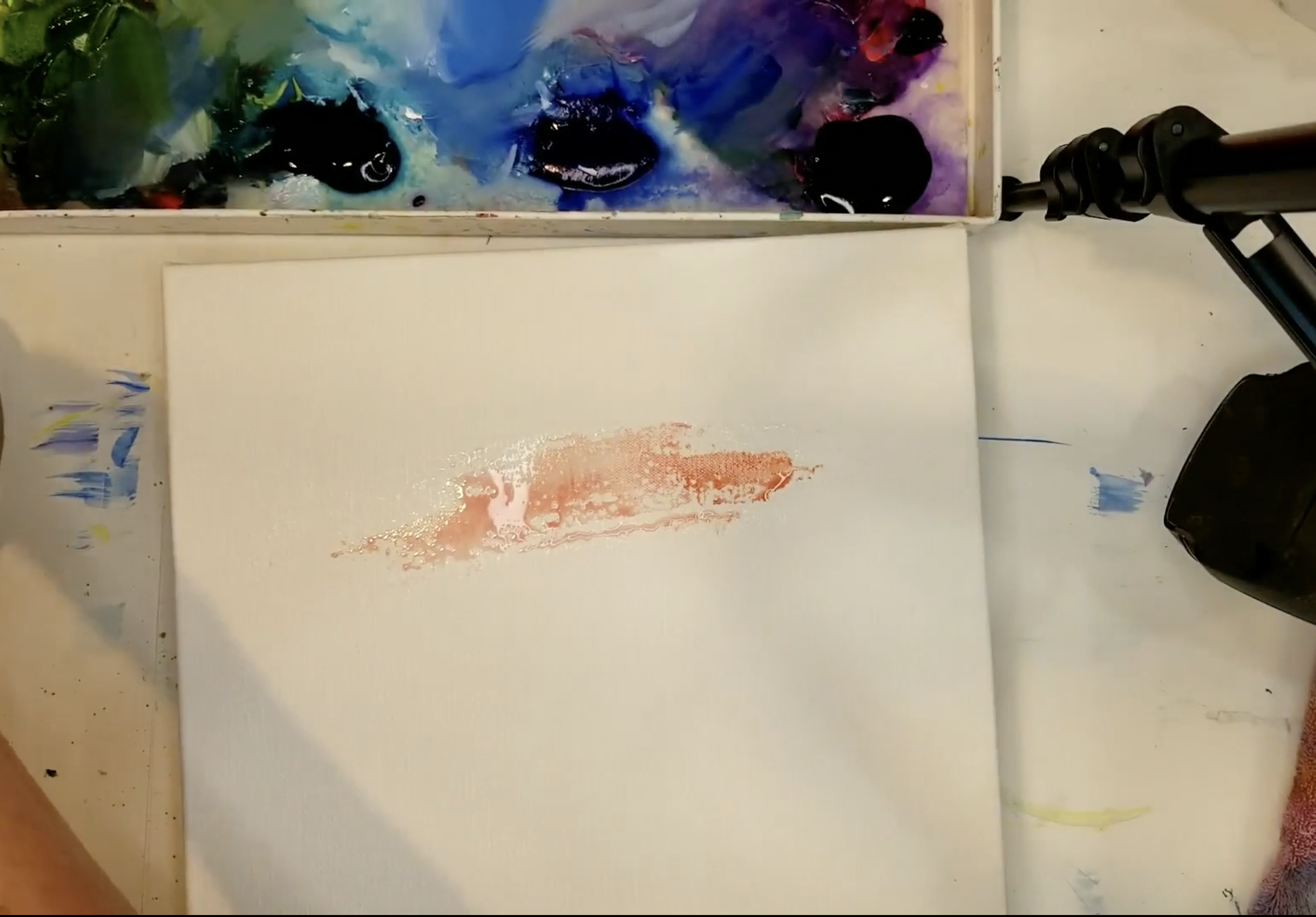
What are the other options?
In Jennifer’s demonstration she tested a variety of products to see which ones were the best for wet-into-wet painting and creating beautiful soft edges in acrylics. Here are the ones that worked the best:
Best Overall: Nova Color Texture Paste #251:
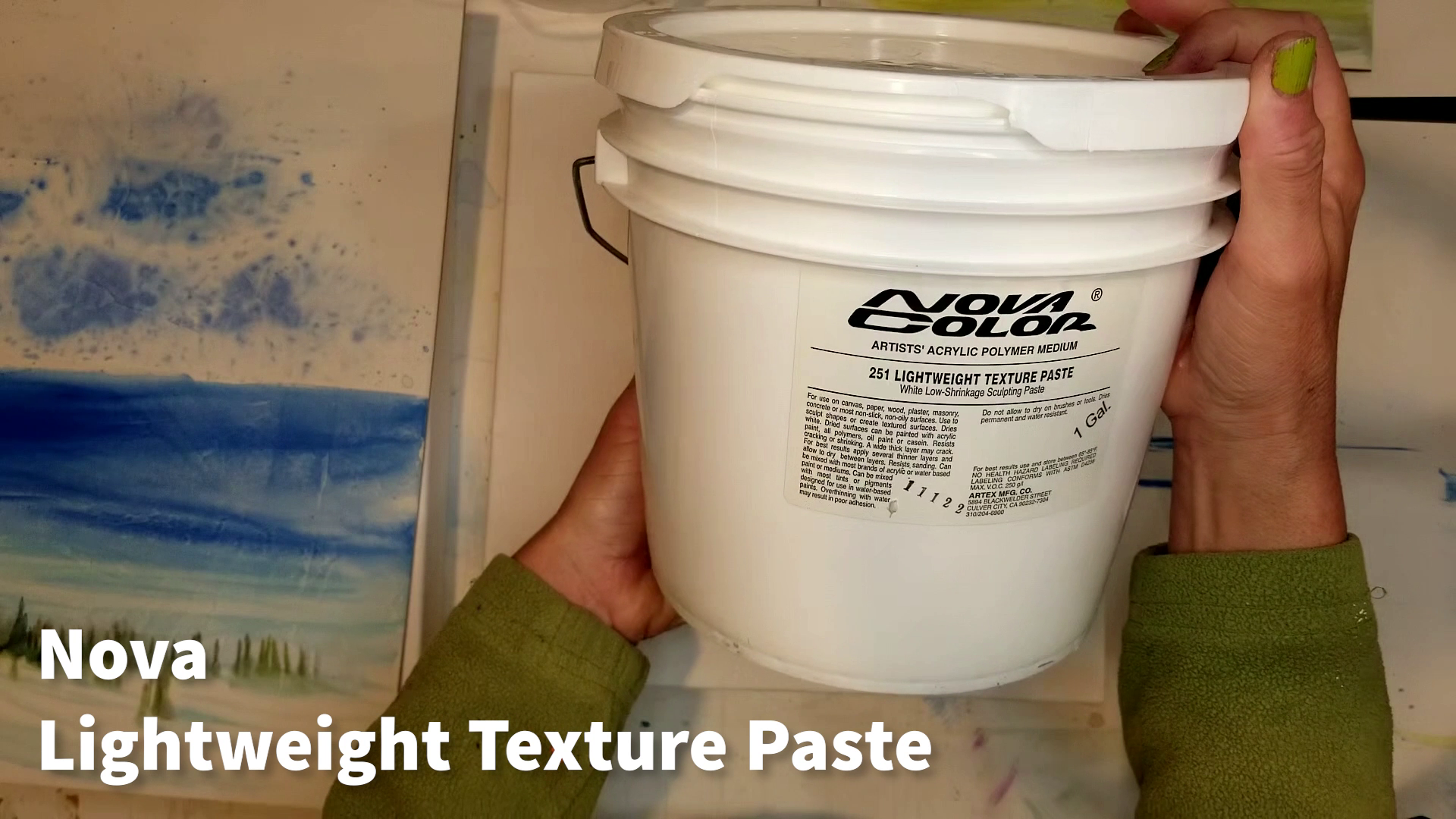
This product came out on top because it creates the most blurry edges and spreads the paint best. It creates the most absorbent surface and stays wet the longest. This product, like gesso, has to be spread on the canvas or panel you are planning to paint on and dry before it is ready. You can do a smooth layer of the paste or add texture. Jennifer compares it to a 300-pound piece of watercolor paper that will not bend because it is supported by the canvas. She believes it is the best quality product on the market for wet-into-wet painting, however, it is only available online.
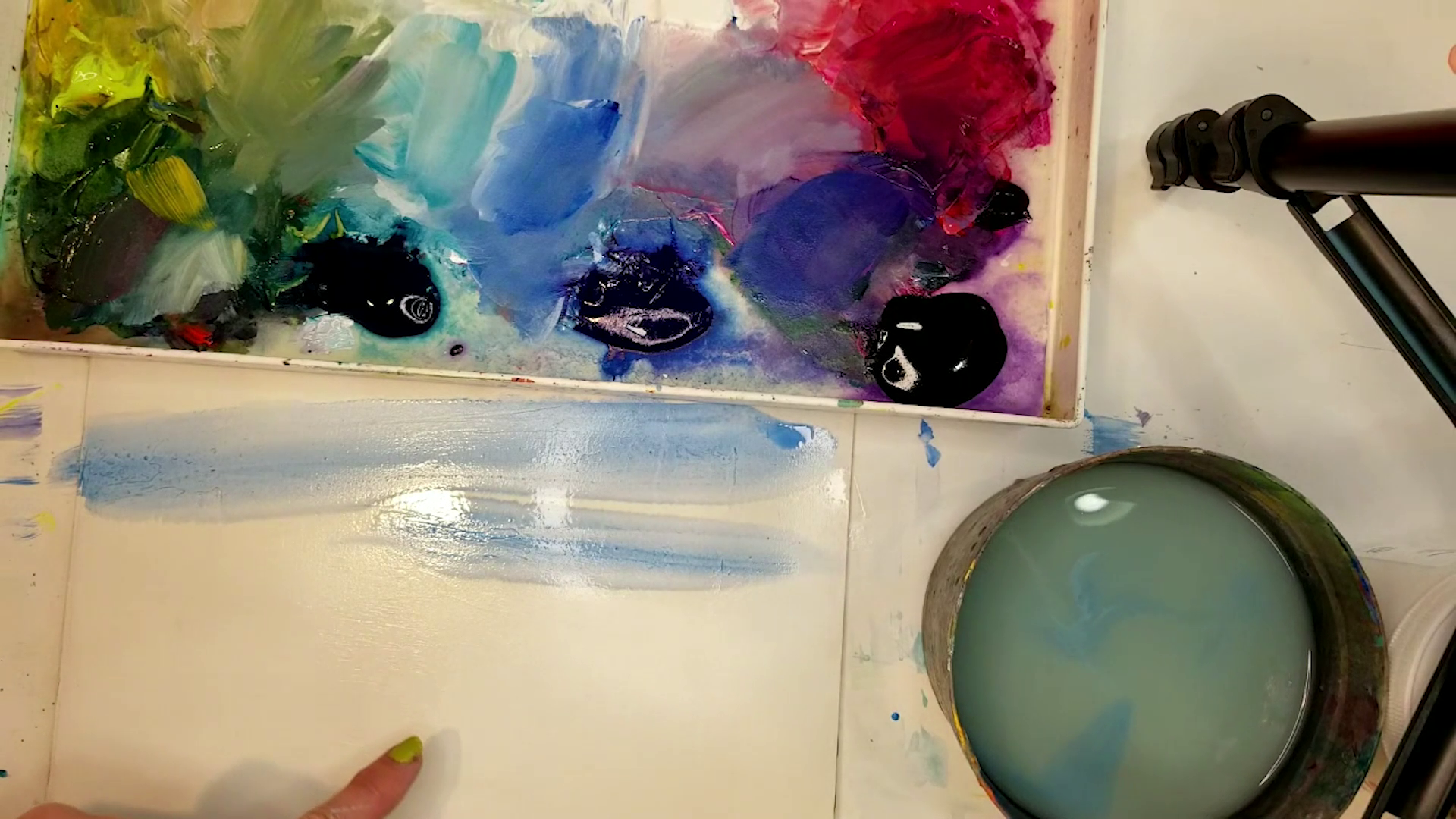
Most Easily Accessible: Absorbent Ground by Golden
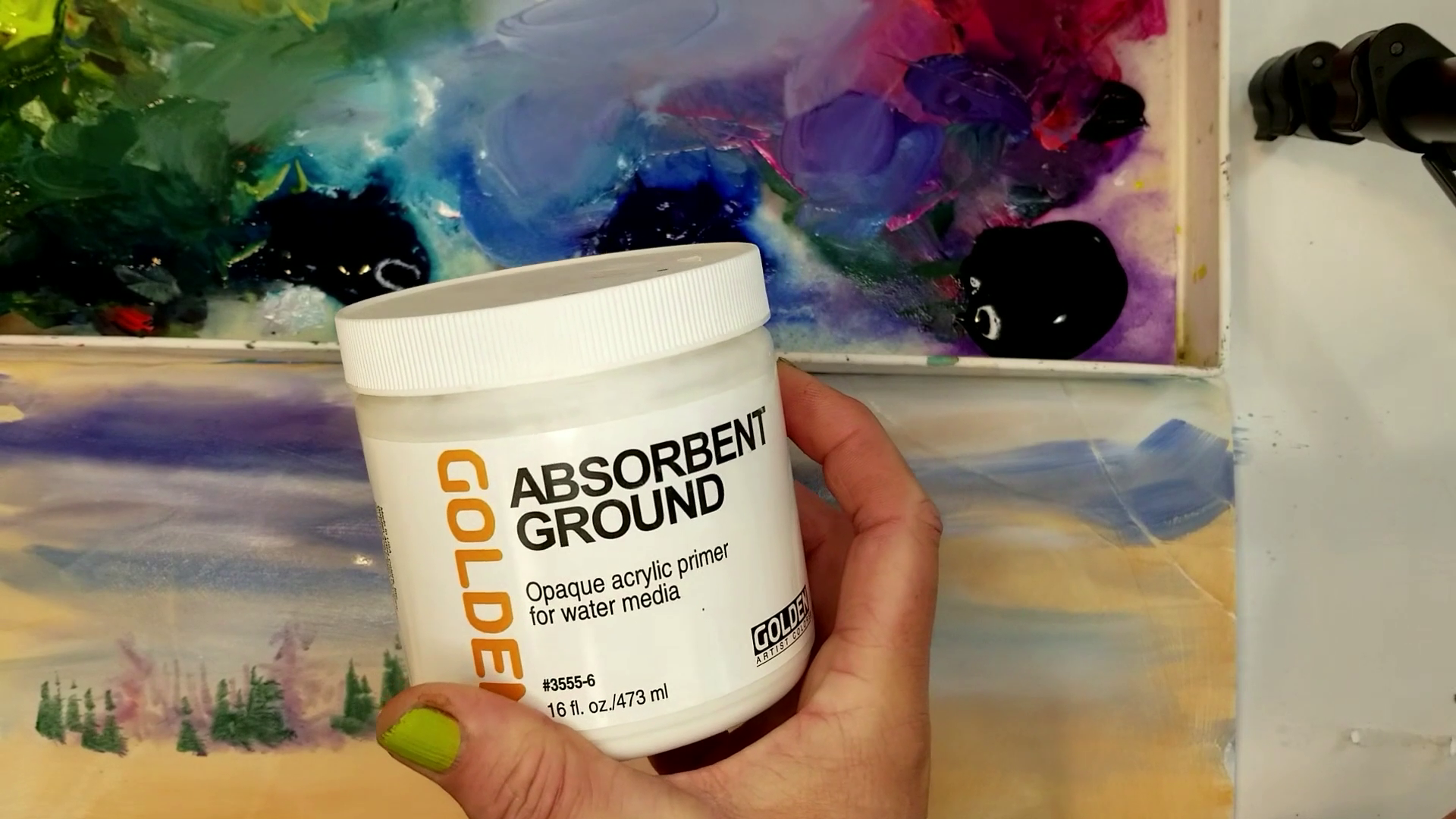
The next best performing product was Golden’s Absorbent Ground. This is another primer-like product that must be applied to your surface and dried before painting. This product does not absorb and hold water quiet as well as our top pick. However, it is still a great option and easily accessible at most art supply stores.
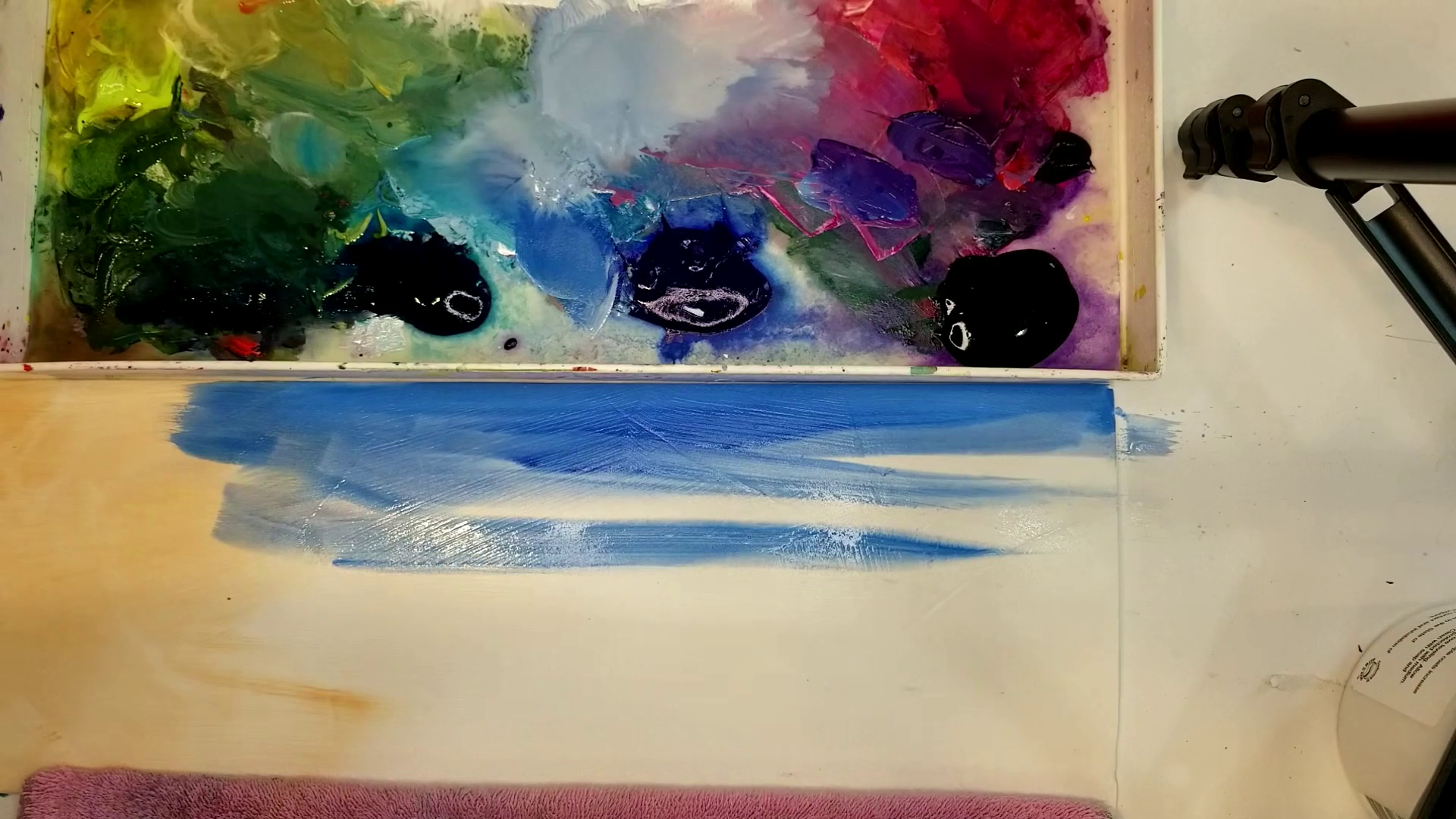
Most Ready to Go: Aquaboard by Ampersand
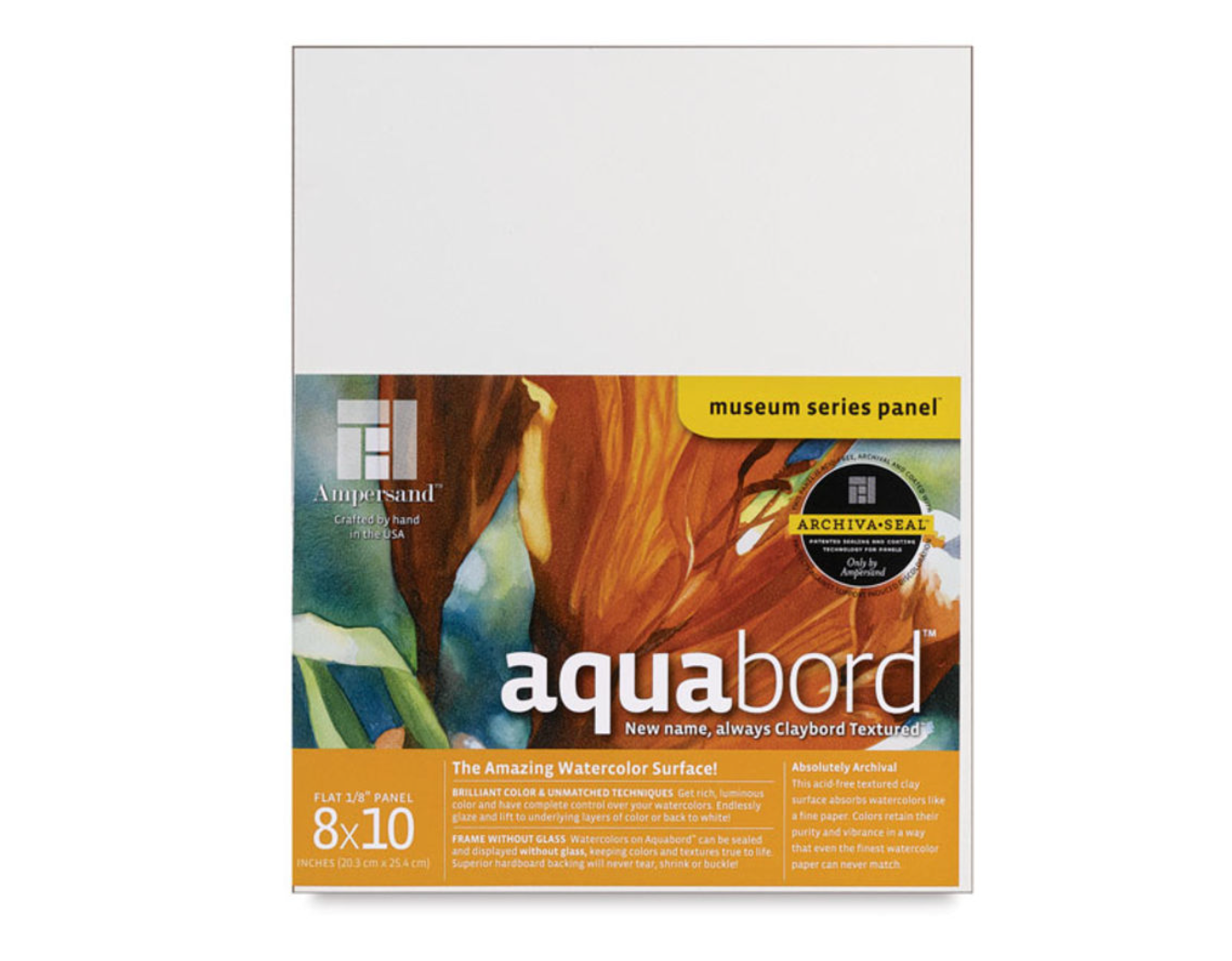
If you are looking for something that doesn’t have the extra prep work, Aquaboard by Ampersand is a great option. Although it dries out faster than our primer products, you can still achieve soft edges when painting on this surface.
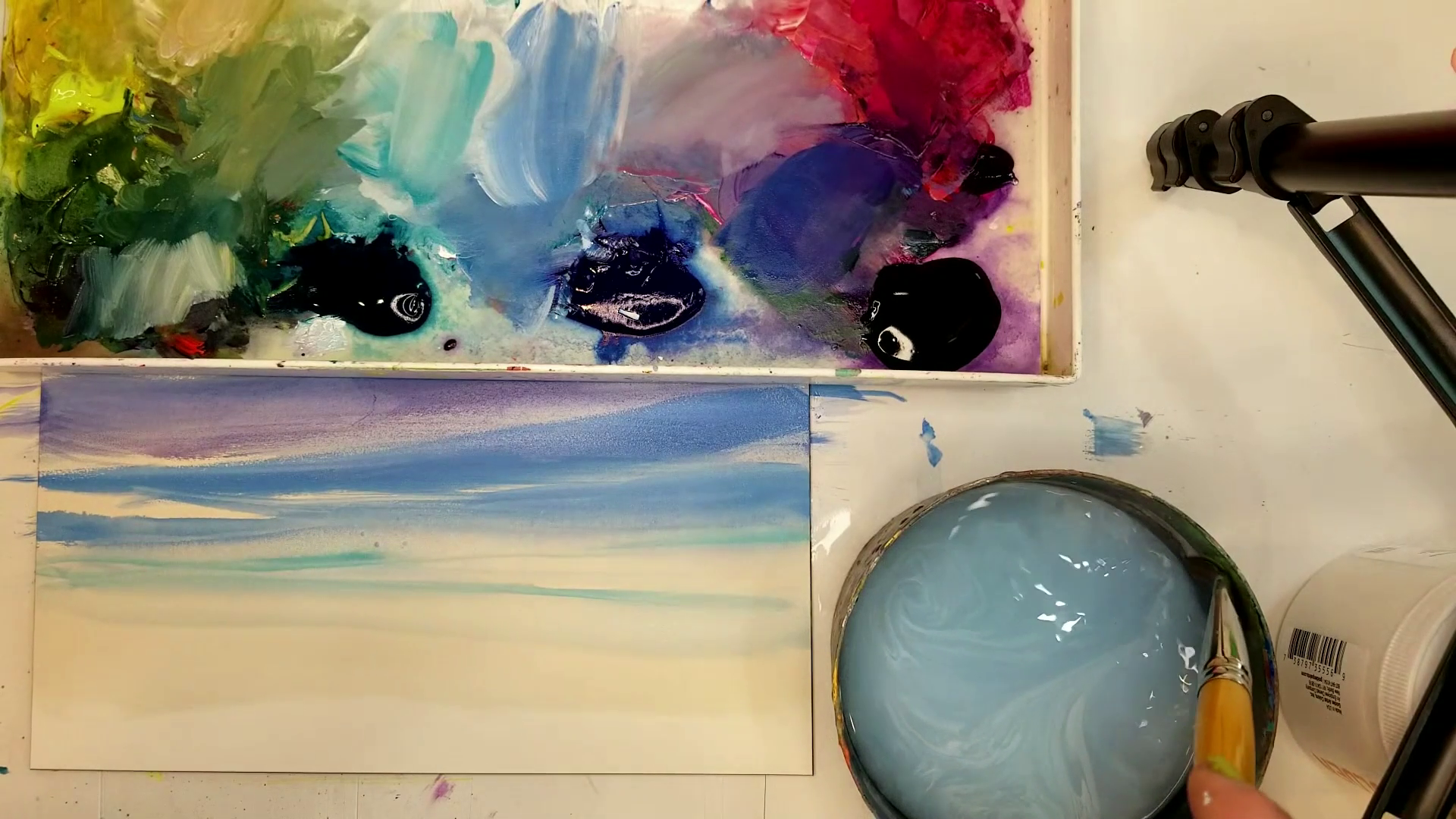
Tips for Using Molding Paste (Nova Color Texture Paste, etc.)
Jennifer recommends using a palette knife to apply molding paste to the canvas. This can be easily found on Amazon or at cake decorating shops. She highlights that the molding paste can be applied smoothly or with a slight texture, depending on the artist's preference.
To make the application more visible in her demonstration, Jennifer tinted the molding paste with a bit of iron oxide, giving it an orange color. This can also be helpful for adding warmth to your canvas as an underpainting.
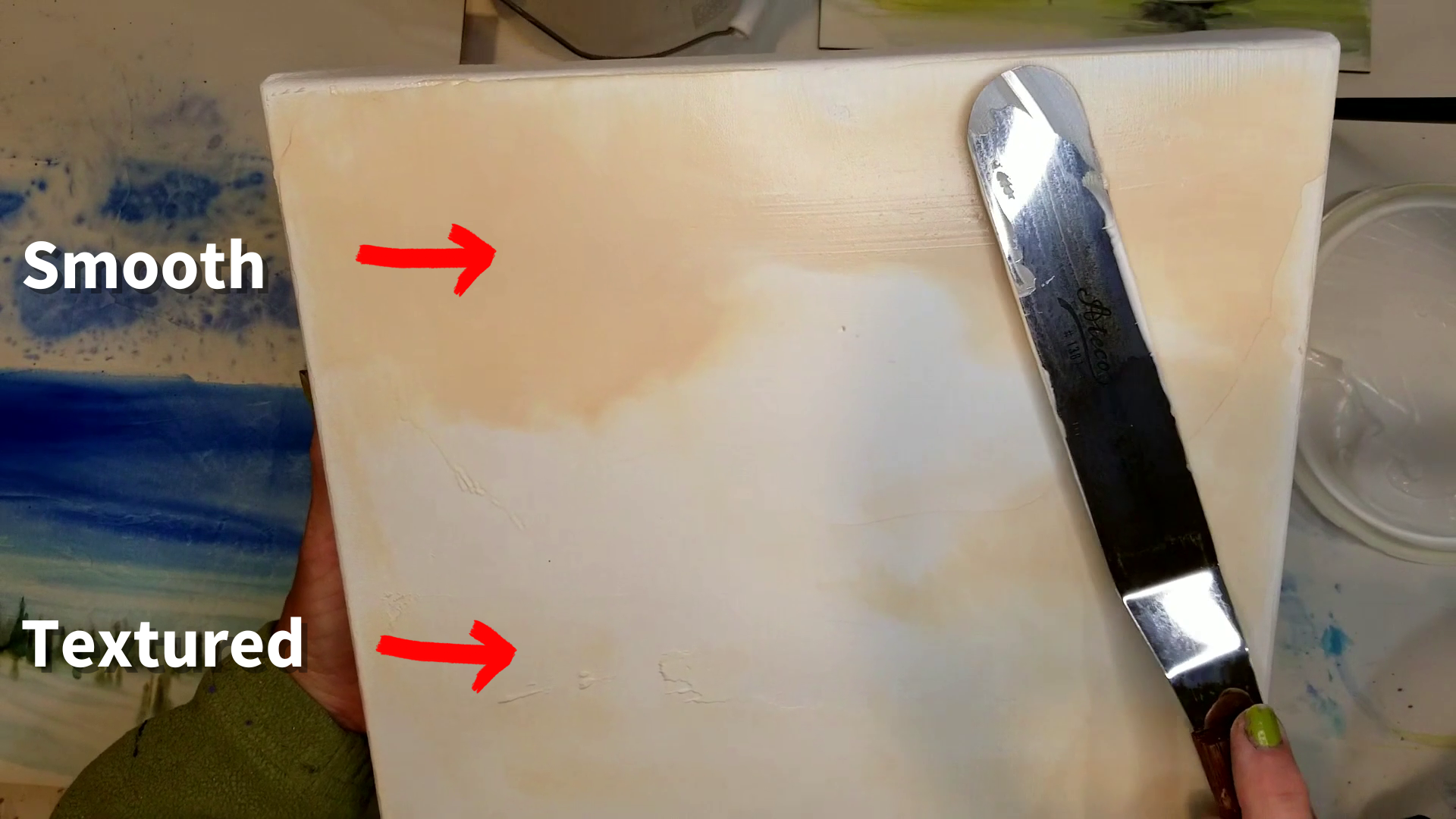
In conclusion, we recommend experimenting with different surfaces and techniques to practice wet-into-wet painting. The most important part is to find what works best for your individual artistic style.




